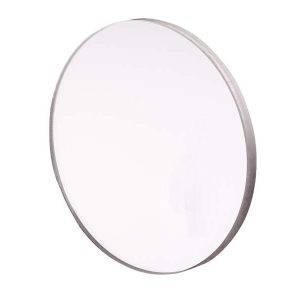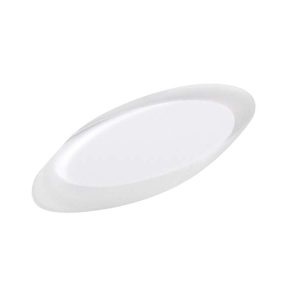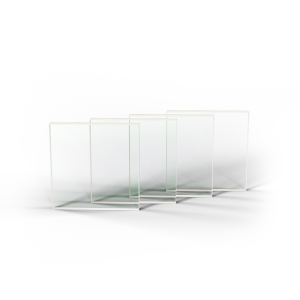Flat Fused Quartz Optical Window

Fused quartz is a glassy form of quartz, so it is isotropic. Fused quartz is tough and hard, with a very low expansion rate.
Common types of fused silica contain water, which has a strong absorption of infrared rays. Anhydrous fused silica varieties are available for use as infrared.
The optical properties of quartz glass are unique. It can transmit both far ultraviolet spectrum and visible light and near infrared spectrum.
Users can choose the required variety from the 185-3500nm band according to their needs.
- Because quartz glass is resistant to high temperatures, has a very small thermal expansion coefficient, and has good chemical thermal stability, bubbles, streaks, uniformity, and birefringence are comparable to those of general optical glass, so it is an indispensable optical material for optical systems with high stability working in various harsh occasions.
| Items | Parameters |
|---|---|
| Material | UV fused quartz (JGS1, Corning 7980), infrared fused quartz (jgs3, Corning 7978) |
| Diameter | 3mm-500mm ± 0.1mm |
| Center thickness tolerance | ± 0.05mm (we can process to ± 0.01mm with high precision) |
| Center deviation | 3′(we can process to 30 ″with high precision) |
| Surface accuracy | λ/ 8 (high precision, we can process to 1 / 30λ) |
| Surface quality | 40/20 (we can process to 10-5 with high precision) |
| Effective caliber | ≥90% |
| Coating | UV AR Coating 250-400nm or according to the custom requirements |
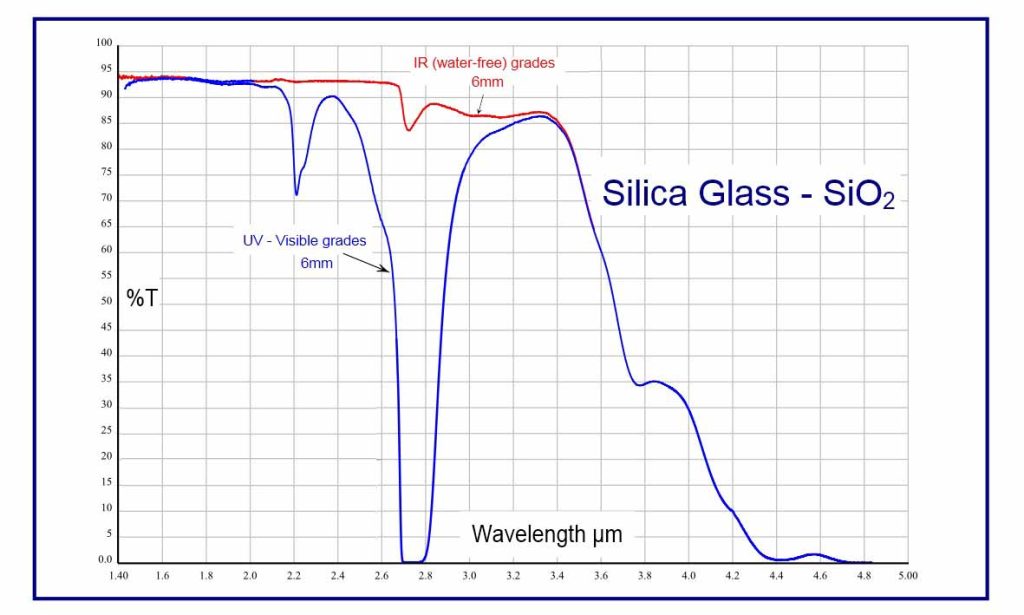
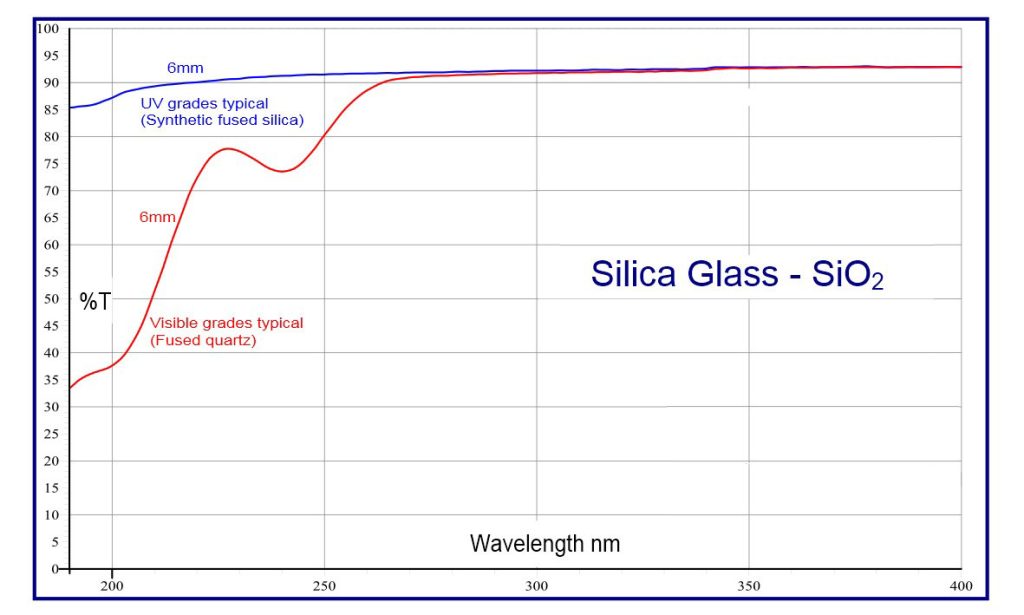
Physical and Chemical Properties of Fused Silica
| Density (g/cm3) | 2.201 |
|---|---|
| Melting point (℃) | 1600 |
| Dielectric constant | 3.7@20 °C: 0 ...106 Hz |
| Thermal expansion coefficient (1/℃) | 5.1 × 10 ^–7@0 ...100 °C |
| Elastic modulus (20°C, MPa) | 7.25 x 10^4 |
| Compressive strength (estimated) (MPa) | 1150 |
| Tensile strength (estimated) (MPa) | 50 |
| Flexural strength (estimated) (MPa) | 67 |
| Knoop hardness(MPa) | 5800...6200 |
| Moh's hardness | 5.5 -6.5 |
| Poisson's ratio | 0.17 |
| Torsional elastic modulus (MPa) | 3.0 x 10^4 |
Commonly used quartz grades and corresponding bands
| Wavelength range | Brand and type |
|---|---|
| 185 nm - 2500nm | JGS1 Far UV Optical Quartz |
| 220nm - 2500nm | JGS2 UV Optical Quartz |
| 260 nm -3500nm | JGS3 Infrared Optical Quartz |
| 185nm - 2100nm | Corning 7980 UV Quartz |
| 300 nm - 3500nm | Corning 7979 Infrared Quartz |
| 250nm-2500nm | GE-124 UV Quartz |
Window Materials Quick Guide
| Wavelength range | Window material |
|---|---|
| 180 nm - 8.0 μm | Calcium Fluoride CaF2 |
| 185 nm - 2.1 μm | UV Fused Silica |
| 200 nm - 5.0 μm | sapphire |
| 200 nm - 6.0 μm | Magnesium fluoride MgF2 |
| 600 nm - 16 µm | Zinc Selenide ZnSe |
| 1.9 - 16 μm | Germanium single crystal Ge |
| 2 - 5 μm | Barium fluoride BaF2 |
Types of quartz products that can be processed
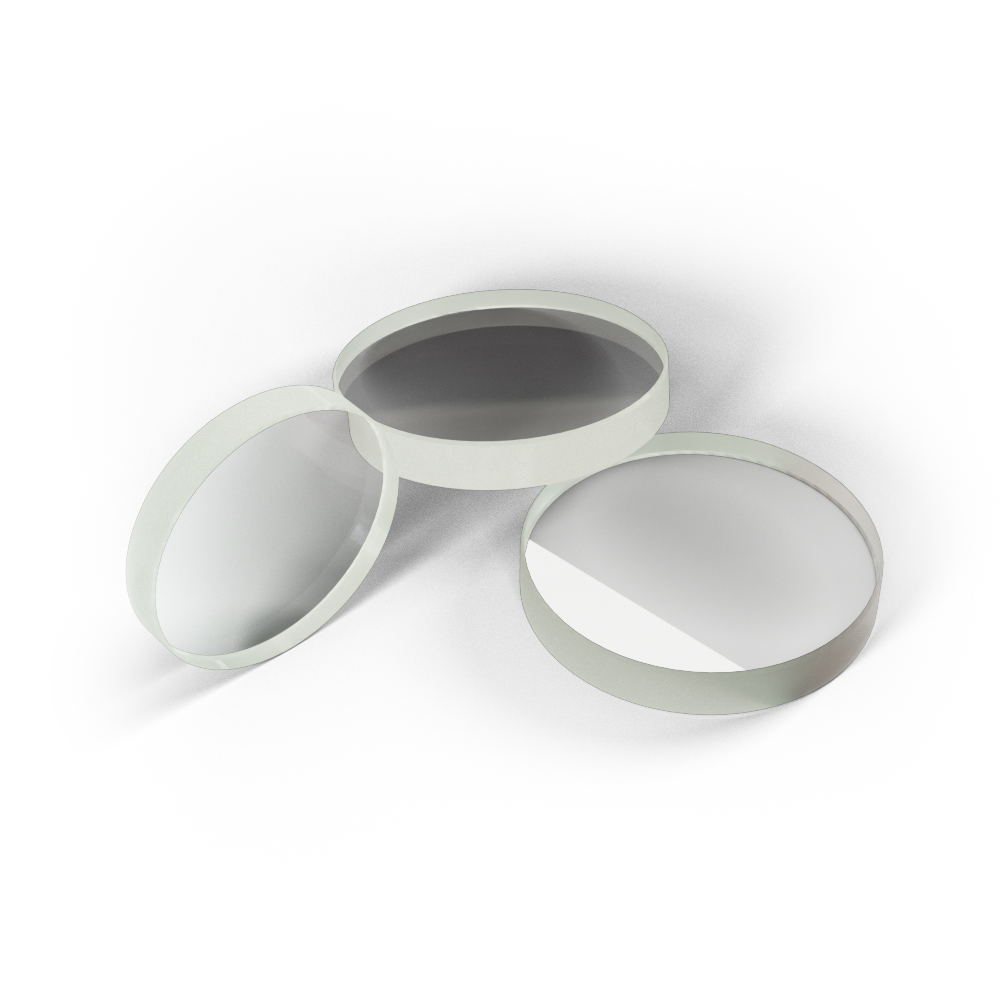
Quartz optical window
Quartz optical windows are generally required to have very excellent flatness and smoothness. Our quartz optical windows can meet the surface requirements of 1/30λ and above, and the smoothness can reach level 1. In addition, the coated window adopts single-sided or double-sided coating to increase the transmittance of a specific band to 99.8%; cut-off film can also be coated for a specific band. For the needs of strong lasers, high threshold coating can be provided, and through the optimized design of materials and film systems, it can meet the use of strong lasers.
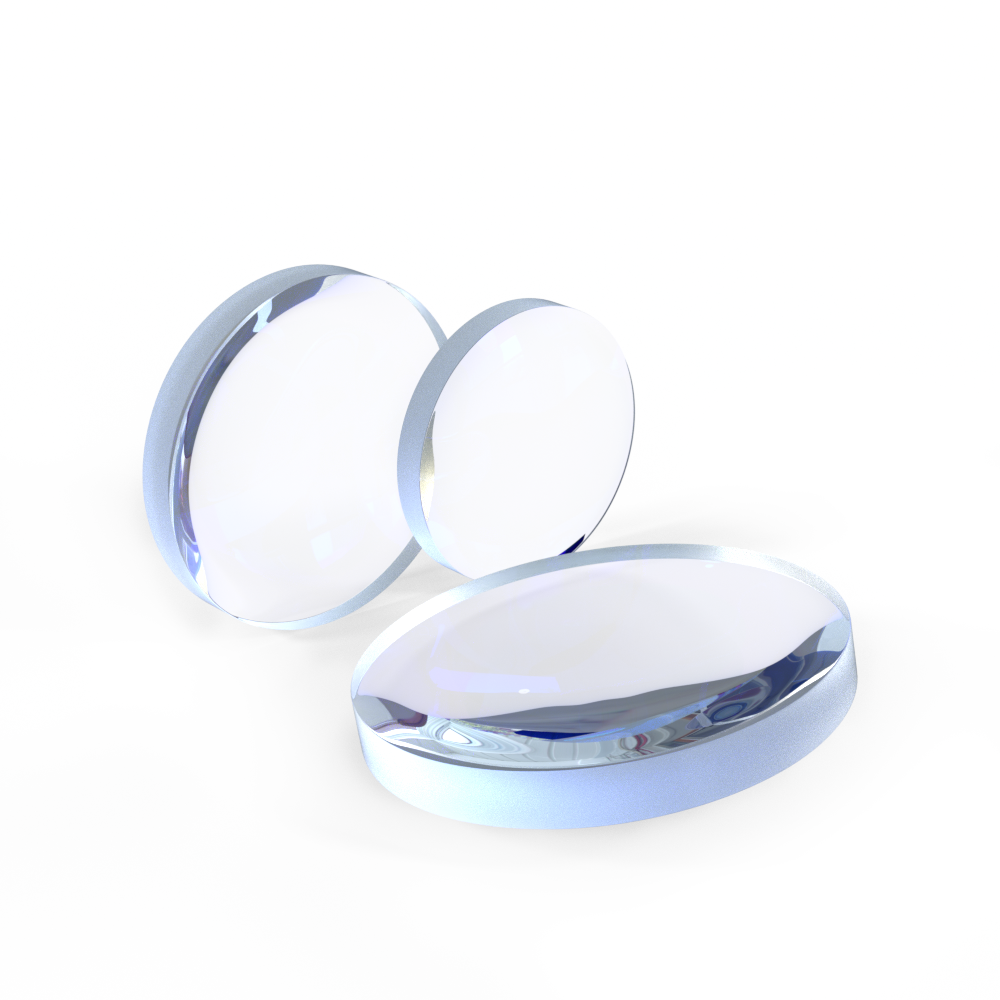
Quartz lens series
The quartz lens series includes six forms as shown in the left figure. According to customer needs, the substrate can be selected from domestic fused quartz (JGS1, JGS2) and Corning 7980/7979 series, or other materials can be specified.
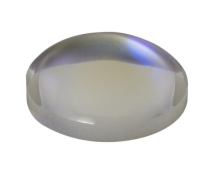
Quartz Aspheric Lenses
A spherical lens has a constant curvature from the center to the edge of the lens, while an aspherical lens has a curvature that changes continuously from the center to the edge. In a photographic lens, many "aberrations" must be corrected to ensure optical performance. If only spherical lenses are used for correction, many lens combinations are required to meet the technical requirements of the corresponding lenses. For special advanced lenses, spherical lenses alone sometimes cannot correct aberrations to a level that satisfies the user. Aspherical lenses, whose radius of curvature changes with the central axis, are used to improve optical quality, reduce optical components, and lower design costs. Aspherical lenses have unique advantages over spherical lenses, and therefore have been widely used in optical instruments, imaging, and optoelectronics industries.
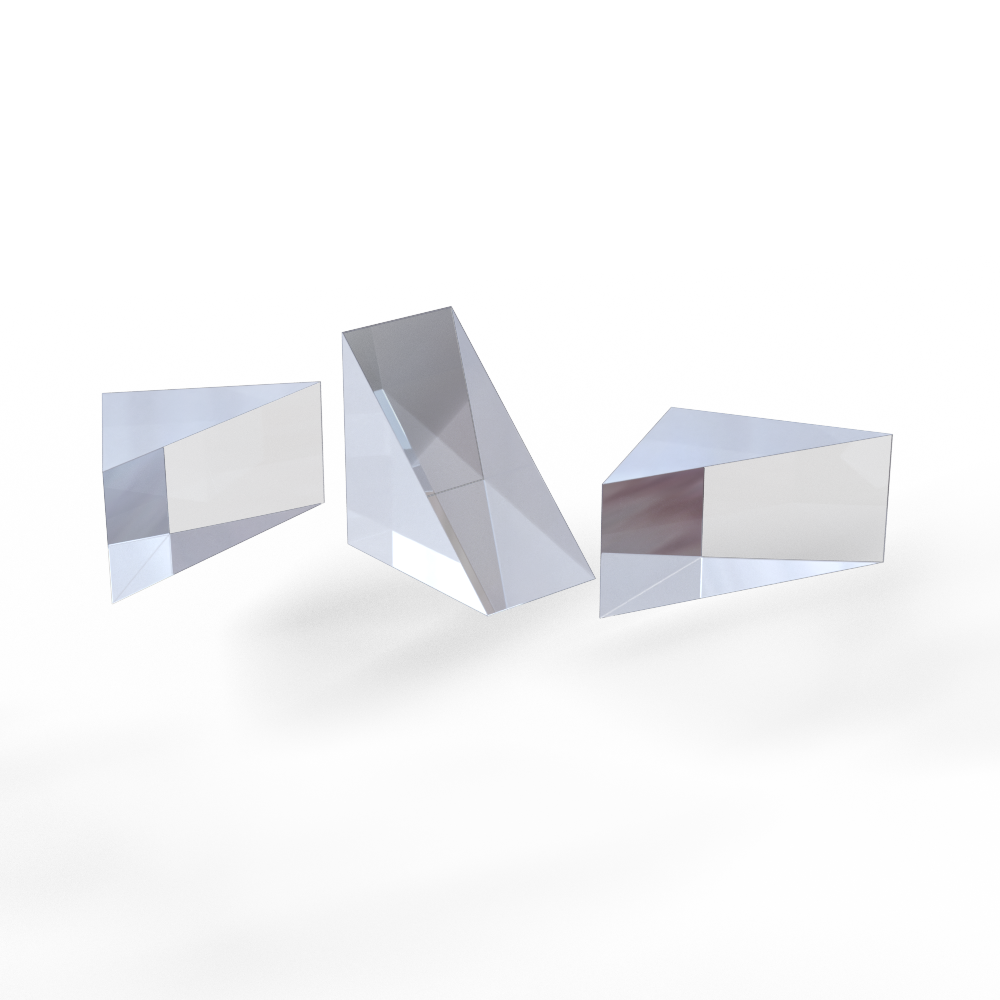
Quartz prisms
Prism, a transparent object surrounded by two intersecting but non-parallel planes, is used to split light or disperse light beams. It is widely used in optical instruments. Prisms can be divided into several types according to their properties and uses. For example, in spectral instruments, the "dispersion prism" that decomposes composite light into a spectrum is more commonly an equilateral prism; in instruments such as periscopes and binoculars, the "total reflection prism" that changes the direction of light and adjusts its imaging position is generally a right-angle prism.

